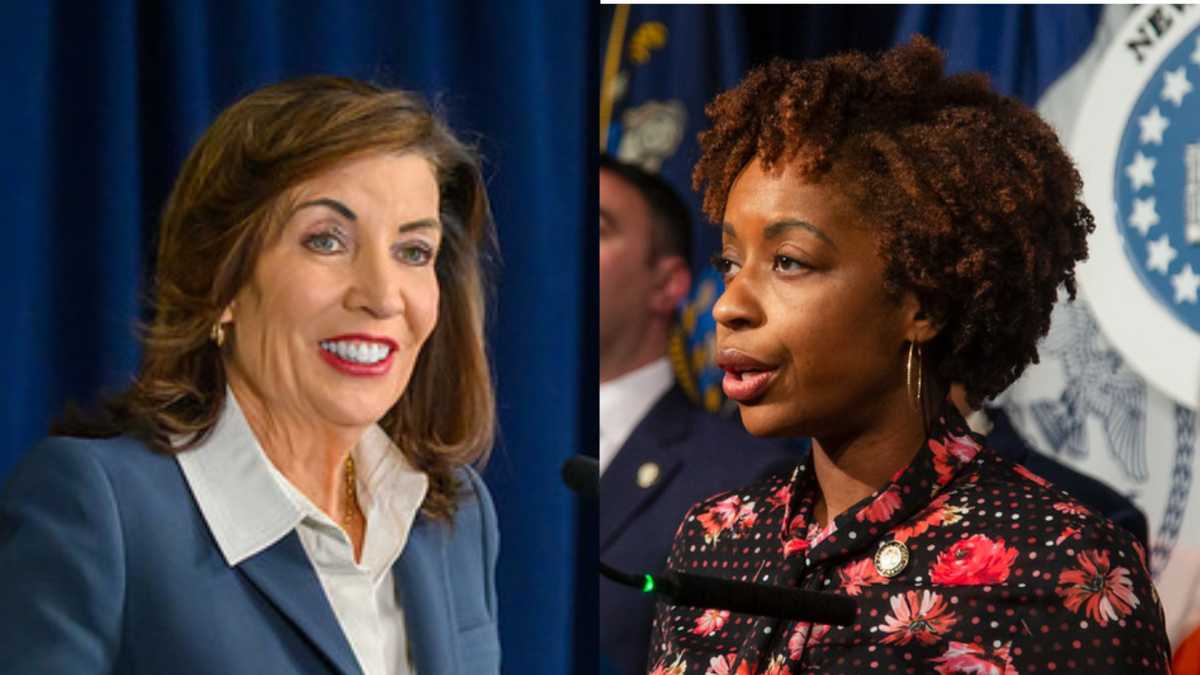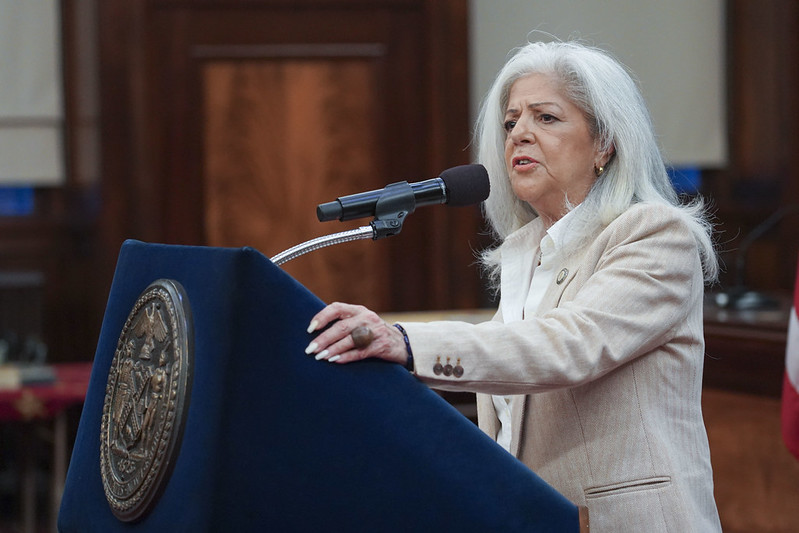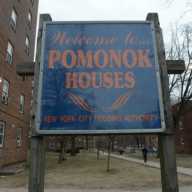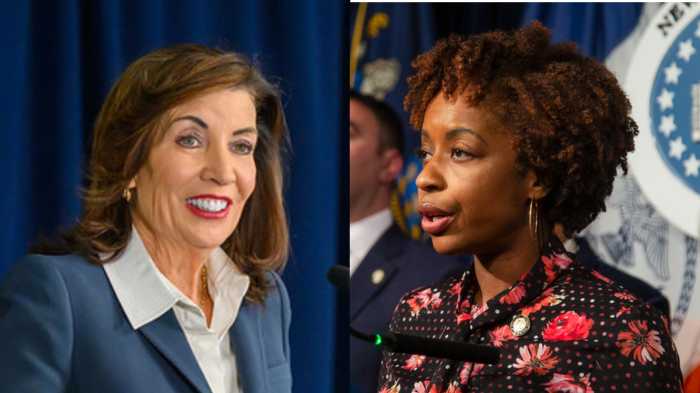A worsening budget situation has forced the Metropolitan Transportation Authority (MTA) to announce a round of 1,000 layoffs as well as an end to free MetroCards for city students.
The cuts represent 600 union and non-union administrative positions – 15 percent of the total administrative payroll – and up to 500 transit station agents.
“This is just the beginning of a comprehensive overhaul of how the MTA does business,” Jay Walder, MTA chairman and CEO, said in a statement. “We will be reducing overtime, consolidating redundant functions and working with suppliers to lower costs.”
Unfortunately for city students, under the proposed MTA plan, adopted in December 2009, they would no longer get a free ride to school. Instead, students would be required to buy half-price MetroCards as of September 2010 and full-price beginning in 2011. The MTA is phasing in the plan because it understands that “this policy change would cause pain for a lot of families,” explained MTA deputy press secretary Aaron Donovan.
At the same time, however, Donovan said there is no way around the cost-cutting measure, as the MTA finds itself in the midst of an $800 million budget gap. The agency presently loses $214 million in foregone revenue as a result of the free MetroCard program, Donovan added.
“We understand that in most municipalities students do not pay to travel to school,” he said. “In most places students are picked up by yellow buses free of charge. However, those yellow buses are paid for by someone.”
Donovan added that the MTA believes that the city and state have a responsibility to fully fund the student MetroCard.
Yet, that sentiment does nothing to appease opponents of the plan.
“The MTA Finance Committee needs to eliminate wasteful spending before jumping to cut services that our families depend on,” City Councilmember Elizabeth Crowley said at a Manhattan gathering on Friday, February 19, where she was joined by a host of elected officials, students, teachers and a coalition of organized labor.
“Making students pay for travel to school is making too many families decide between lunch or education,” she said.
An MTA press release announcing the job cuts stated that the agency’s situation had deteriorated in the past three months despite the state’s approval of a rescue package in May 2009, and the $383 million in planned service cuts and administrative layoffs announced as part of the MTA’s 2010 budget. Since that time, an additional $378 million gap has developed this year based on revised state revenue projections.
The MTA layoffs were announced days after NYC Transit (NYCT) President Thomas Prendergast acknowledged in a published news report that his agency had failed to perform maintenance on subway stations that had recently received facelifts.
On his list, Prendergast included the 74th Street/Roosevelt Avenue station complex, which began rehabilitation in 2002 and was substantially completed in 2005. He also included the Flushing-Main Street station, whose rehabilitation began in 1995 and was substantially completed by 1999.
Out of 468 stations in New York City, according to an NYCT spokesperson, these two Queens stations – both of which connect to the No. 7 train, currently undergoing weekend track work – ranked 12th and 14th among the most utilized in the entire system.
The NYCT spokesperson said that the agency had identified a wide array of problems observed from a combination of sources, including riders who mailed letters.
In his published interview Prendergast said, “I don’t want to say that because of our budget issues, we can’t make improvements.”
However, NYCT did not commit to a time line.
































